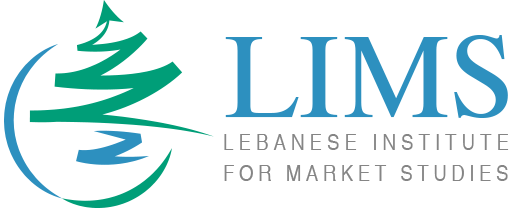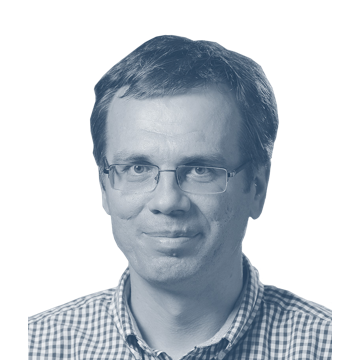Think tanks become active participants in the policy process when they engage in advocacy. By pursuing advocacy strategies, think tanks greatly increase the likelihood that their ideas and research will be incorporated into policy. In contrast, if research findings are released without an advocacy plan, policymakers most likely will not be aware of the research, will not know how to respond to it, and will have no incentive to act on it.
Advocacy is an effort to influence public policy in an open, transparent manner. It addresses issues of broad concern to the country or community, and makes the case for change by presenting evidence, as well as support from civil society. Advocacy supports decision making while informing and empowering the public, including the private sector.
Think tanks that excel at advocacy bolster a position with objective data and analysis, and navigate the policy process to promote their recommendations. To be both credible and persuasive, think tanks must conduct rigorous research that informs their recommendations, and package their analyses for political consumption. For example, think tanks should consider applying rigorous tools such as a cost benefit analysis.
The research agenda should incorporate the following criteria:
- Mission: Keeping to the mission reinforces an institute’s identity and ensures that its programs will be meaningful to the community. The institute’s principles, such as democratic and market-oriented reform, should be respected.
- Widest Benefit: By avoiding issues that narrowly concern one sector and concentrating on issues that affect the economy widely, an institute builds credibility and broad support.
- Strategy: Strategy dictates priorities for the institute. The strategy may focus on selected pivotal issues—issues that have the potential to catalyze wider change.
- Timeliness: Issues often capture policymakers’ attention for brief periods, during which they are receptive to advice. A think tank should be prepared then with recommendations. Reacting to every issue on the public agenda, however, is a mistake.
- Constituent Interest: An economic think tank should consult key audiences, such as its members, the business community, or the public, on what they consider to be the most pressing issues. Surveys, focus groups, and advisory boards keep the institute in touch with current needs.
- Feasibility: An institute should concentrate its efforts where it has a chance of achieving results. This does not mean an institute should abandon issues that are critical to its mission.
Mapping the Policy Process
A think tank can participate at numerous points in the policy process. To participate effectively, it must decide where it can add value, what role it can play, and the best methods for achieving positive influence. A think tank should map out the decision-making process, covering the phases of the policy life cycle, the decision points, and the actors shaping the decisions.
As policy entrepreneurs, think tanks work to bring together the separate policy streams. They succeed when they offer specific solutions to specific problems at the right time. Above all, this requires that they be ready with a well-developed proposal when an opportunity arises.
Phases of the Policy Cycle
Conducting Advocacy
A think tank must actively campaign to see its recommendations adopted. Advocacy makes the difference between an institute having policy relevance or being confined to a research community. Once policy recommendations have been published, a think tank must deliver its products to the right audiences, focus attention on its recommendations, and follow through on implementation.
After disseminating policy research findings and recommendations to key players, an institute should follow up with personal contact to discuss the issue and present its arguments. It should create both formal and informal opportunities to interact with decision makers. These may include policy roundtables, orientation sessions for new legislators, or invitations to respond to a think tank’s findings in a public forum.
The choice of particular advocacy methods depends on the objectives of advocacy. A think tank decides to play a certain role in the policy process and to engage certain audiences. Keeping this in mind, the think tank determines its emphasis and how to meet specific information needs, attract attention, demonstrate support for ideas, foster dialogue, and secure commitment to reform. Before and after each advocacy campaign, it assesses demand and the effectiveness of its methods.
Developing core products helps an institute build recognition for its work. These can be supplemented by creative products and activities that meet specific advocacy needs. Having implemented an advocacy campaign, a think tank follows up on results and prepares for its next action. Supportive officials must be acknowledged, and any adopted policies must be monitored. Proposals that have not been adopted require persistent attention. Finally, a think tank must periodically review its advocacy strategy—including issues, audience, and techniques—and either reinforce efforts or shift its approach.
Possible Advocacy Tools
Below, three CIPE partner think tanks share their experiences and advice on maximizing influence through a combination of advocacy, innovative research, and partnerships with stakeholders.
An Interview with Ruslan Stefanov
-
Why was the Center for the Study of Democracy founded?
After the fall of communism in 1989, a group of enthusiasts created CSD to accelerate and smooth Bulgaria’s transition to a democracy and market economy. The founders saw an opportunity to leverage their own knowledge to help Bulgarians defend their own rights and freedoms. Although the nascent Bulgarian government was creating markets, exchanges and other institutions of democracy, the founders realized that the country also needed to develop a culture of transparency and accountability in order for these institutions to succeed.
-
What are CSD’s current areas of focus?
The Center for the Study of Democracy currently focuses on advancing institutional good governance countering corruption in Europe. In partnership with CIPE, CSD is also examining malign foreign economic influence, and how countries such as Russia and China are taking advantage of governance gaps in Central and Eastern Europe to penetrate their economies and/or change their political orientation vis-à-vis the European Union and NATO.
Another major CSD program examines human rights and media freedom by assessing the suppression of media freedoms in Central and Eastern Europe. The Center also promotes democratic and market development in the Balkans by sharing lessons learned during Bulgaria’s post-1989 transition and the country’s EU membership in 2007.
-
How do you view your role in the region more broadly? How do you balance the national focus on Bulgaria with the regional focus on Europe?
Many of the challenges confronting Bulgaria and other European Union (EU) nations are similar. In Bulgaria, the transition to a market economy has exposed its society to both the benefits and downsides of globalization. The CSD staff have observed that small to medium-sized European countries—such as those in the Balkans—have had a more difficult experience adjusting to the rapid forces of globalization and the onslaught of disinformation coming from social media than larger European states. The CSD has been able to apply some of the lessons learned from Bulgaria more broadly to the EU, while the CSD’s studies on regional issues—such as malign disinformation—also apply to Bulgaria.
-
How does the Center for Study of Democracy organize its research agenda?
CSD combines academic with practical policy research to deliver on its mission of building bridges between scholars and policymakers. The Center’s main focus is on governance, so all its research informs challenges related to governance and corruption. While quantitative measures offer precision, they are not always applicable to CSD’s efforts in measuring and monitoring corruption, the concentration of power, or institutional and state capture.
-
What advice do you have for think tanks that are just getting started in terms of creating a research agenda or establishing a methodology?
For the leaders of a new think tank, it is important that they pick an issue that is relevant to society, and one that they really care and know about. Second, they should rely on research methods they deem credible. The quality of research is crucial to establishing the credibility of any think tank. Furthermore, it is important to establish internal rules that ensure the integrity of a think tank’s work and operations. For example, a think tank that researches transparency and corruption should establish internal controls that ensure all sources of funding are publicly disclosed.
-
How does CSD maintain its independence? If a research project’s findings go against the interest of the donor supporting that research, what do you do?
Peer review and soliciting the feedback of others are the best ways to maintain the integrity of a think tank’s work. A larger think tank can leverage colleagues in different departments to conduct peer reviews, while a smaller organization can rely on external reviewers, such as university researchers, to conduct independent assessments. Another approach is to invite stakeholders, such as those in the government or business, to provide feedback.
Ruslan Stefanov, Director, Economic Program, Center for the Study of Democracy (CSD), Bulgaria
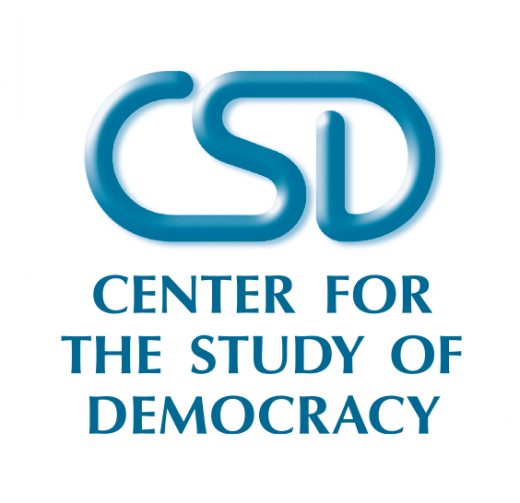
An Interview with Julia Pomares
-
Why was CIPPEC founded?
Several former graduate students from Harvard’s Kennedy School of Government founded CIPPEC in 2000 as a think tank to connect research and evidence with the policy domain. While there were think tanks specializing in various issues, as well as advocacy organizations, there were no institutes bridging the gap between theory and policy practice.
-
What are CIPPEC’s main areas of work?
CIPPEC has three policy departments: economic, social, and institutional and good governance. CIPPEC’s value stems from taking a multi-disciplinary approach to policy issues, helping it to generate better responses to policy challenges. The social department comprises two programs: one on education, and one on social protection, which also deals with some health issues.
The economic department has two programs, one focusing on urban planning and economic development in cities, and the other on fiscal issues and programs to stimulate economic growth. CIPPEC’s institutional and good governance department develops public management training programs, as well as an electoral reforms program. CIPPEC’s monitoring and evaluation program assesses public policies to allow for better allocation of resources.
-
How does CIPPEC use data to guide its work?
CIPPEC engages with the public policy process through the use of data in two ways. In Argentina, government agencies do not always disclose information, leading to big gaps in data availability. When data is disclosed, it needs to be analyzed and interpreted. CIPPEC advocates for greater information disclosure, and then processes the data that is released.
-
How do you deal with questions of how the data was gathered, and how do you maintain objectivity?
CIPPEC has a rigorous peer review process for its papers and policy briefs. A CIPPEC study will be reviewed by several of the CIPPEC staff members, or individuals with particular technical expertise in the subject of the study. The peer review process helps to improve the quality and objectivity of CIPPEC products.
-
How does CIPPEC ensure that its studies and research findings are easily understandable to the broader public?
CIPPEC uses a variety of traditional and social media tools to translate the findings of complex research studies into terms easily understood by the public. CIPPEC’s new website provides visual tools to highlight key findings of complex studies. In addition to Twitter and Facebook, CIPPEC also communicates infographics of research results on Instagram. Turning to traditional media, CIPPEC partners with major newspapers, such as La Nación, to produce papers and visualize data.
-
If there is a disagreement between CIPPEC and one of its media partners over how to present data, how do you manage that?
CIPPEC sees this as an opportunity to build trust and improve the way it communicates its research. If a media partner comes back with a data visualization tool that does not translate the findings of the paper as originally intended, CIPPEC sees this as a good way fine tune its communications skills.
-
How does CIPPEC manage the relationship with policymakers?
CIPPEC has navigated the complex equilibrium with policymakers by maintaining the independence of its research while building trust and dialogue with policymakers. In addition to maintaining ties with all political parties, CIPPEC organizes informal briefings with policymakers to present research findings before a paper is published. This allows CIPPEC to solicit feedback from the policy community, and ensures that policymakers to not feel they have been blindsided by research findings after publication and reporting by the media.
-
What recommendations do you have for newer think tanks?
It is important to maintain a balance between working on short-term and long-term issues. If you focus only on the short-term, you can easily get lost in the media cycle. But if you only work on long-term issues, you may not get media attention. It is also important to build trust with different stakeholders.
Julia Pomares, Ph.D., Executive Director, Centro de Implementacion de Politicas Publicas para la Equidad y el Crecimiento (CIPPEC), Argentina

An Interview with Patrick Mardini
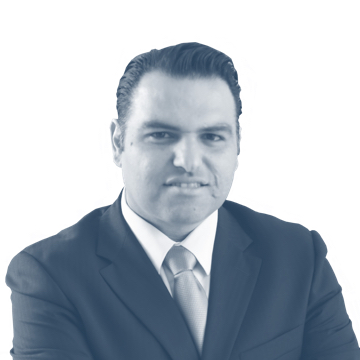
-
When, and how, did LIMS decide to tackle Lebanon’s chronic electricity shortage?
The founding team of the Institute realized that in order to devise solutions to frequent power blackouts in Lebanon, it was necessary to create a reputable institute, as an organization would be more effective in driving change than an individual. The Institute wanted to develop and promote evidence based, “scientific” solutions for Lebanon’s various problems.
-
What is LIMS’ zero-dollar solution for Lebanon’s electricity sector? Why was this concept important in LIMS’ advocacy efforts?
The Institute understood that the crux of Lebanon’s electricity shortage was one of spending and mispricing. Heavy government spending to solve Lebanon’s electricity shortage was not working, as public electricity generators continued to incur heavy losses. Not only did the government have to support insolvent state-owned generators, it also had to subsidize the price of electricity—which encouraged overconsumption. Meanwhile, consumers suffered as they had to pay two electric bills: one for the government, and one for backup generators. The Institute coined the simple, zero-dollar term as it captured the basic argument that no additional government spending on electricity should occur.
-
How did LIMS convince the government to cut electricity subsidies?
The Institute staff conducted research based on evidence from other countries that encouraging private electricity production would offer consumers greater choice, and solve Lebanon’s electricity shortages. By providing data driven research, LIMS convinced some political parties to adopt this line of reasoning, which countered prevailing arguments that the government should produce more electricity.
-
What are the key ingredients to a solid and scientific policy proposal?
Every LIMS policy paper has a clear structure that identifies and describes the policy problem, addresses its root cause, assesses the role of stakeholders, and proposes a solution. The description of the problem should be clear and grounded in evidence. It is also important to clearly identify the potential winners and losers of any policy proposal, as every policy issue involves stakeholders. If the policy proposal identifies how winners might compensate losers after a reform is implemented, the proposal will have a higher chance of being considered.
-
How did LIMS approach these political parties and convince them of the zero-dollar solution’s merits?
First, LIMS produced research papers and presented them at conferences, where feedback helped to improve them. Second, the Institute organized two debates, one of them on Facebook, which helped the think tank collect additional feedback and engage with the public. The Institute then held a press conference, which attracted the attention of political parties that in turn solicited LIMS for advice regarding the electricity sector.
-
How important was the role of media in the success of the zero-dollar solution? How did LIMS build relations with the media?
The Institute’s outreach to media was crucial to the success of the zero-dollar solution, as well as other LIMS policy proposals. Policy makers and political parties follow the media closely as they are sensitive to public opinion. The Institute’s media presence has helped advance its policy influence.
The Institute’s director had connections to members of the media, and helped to facilitate ties between the media and other members of the Institute’s staff.
-
How does LIMS work to ensure that its policy ideas are adopted and implemented by the government?
There is a difference between the government adopting a measure and implementing it. While the government adopted LIMS’ zero-dollar solution by deciding to cut subsidies and opening the electricity sector to private producers, the actual implementation of these decisions has been slow. Politics and competition between political parties is one reason for the delay, and LIMS has been talking with politicians who are reluctant to implement the zero-dollar solution to change their mind.
-
How do you see LIMS’ role in the policy process moving forward?
The Institute continues to engage with the media and government officials regarding the zero-dollar solution to Lebanon’s electricity shortage. The Institute has established itself as a credible resource vis-à-vis electricity markets. Government officials, such as the Ministry of Energy, as well as media continue to invite LIMS staff for consultations and interviews.
Patrick Mardini, Ph.D., President and Founder, Lebanese Institute for Market Studies (LIMS)
Note: The Lebanese Institute for Market Studies (LIMS) is a think tank that provides policymakers with market studies, reform proposals and research support. The Institute’s project with CIPE addressed Lebanon’s chronic electricity shortages.
